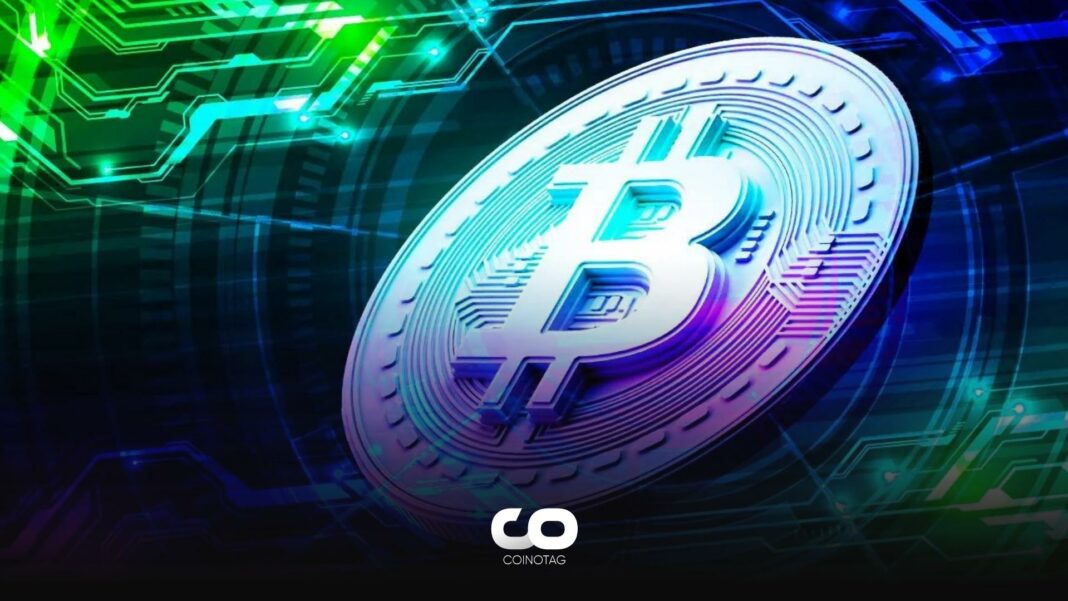- Researchers at the University of Cambridge have updated their report on Bitcoin mining, shedding new insights into electricity consumption by tracing the intricate evolution of mining hardware.
- With the global adoption of Bitcoin, mining activities have increased worldwide. Environmentalists have initiated debates about the energy-intensive nature and environmental consequences of mining.
- Initially, miners used standard personal computers and relied on central processing units (CPUs). However, as Bitcoin’s price and competition grew, more efficient hardware became necessary.
Cambridge University emphasized energy consumption with its recent Bitcoin Mining Report; Is Bitcoin the cause of global warming?
Cambridge University’s Bitcoin Mining Report

The University of Cambridge Bitcoin Electricity Consumption Index (CBECI) team conducted this study to address increasing concerns about the environmental impact of Bitcoin and the need for accurate, data-based insights.
The global adoption of Bitcoin has led to an increase in mining activities worldwide. Environmentalists have initiated debates about the energy-intensive nature of mining and its environmental consequences. To bring clarity to this complex issue, the University of Cambridge initiated the CBECI in 2019. Initially focusing on electricity consumption, researchers realized a more comprehensive approach was needed. In 2020, they integrated the Mining Map to analyze the geographical distribution of mining, considered a critical element in understanding Bitcoin’s climate impact.
The study reveals the fascinating journey of Bitcoin mining hardware from its humble beginnings to its current state. Initially, miners used standard personal computers and relied on central processing units (CPUs). However, as Bitcoin’s price and competition grew, more efficient hardware became necessary. Graphics processing units (GPUs) took over in 2010, providing a sixfold increase in efficiency.
The evolution of mining hardware continued with field-programmable gate arrays (FPGAs) in 2011 and then transitioned to application-specific integrated circuits (ASICs) in 2012. ASICs became game-changers due to their unique efficiency with smaller chip sizes.
Today, mining hardware has reached unprecedented levels of power and efficiency. Recent models like the Bitmain Antminer S19 XP and MicroBT Whatsminer M53S++ outperform their predecessors by a wide margin. Technological advancements have led to more profitable and longer-lasting devices, negating the previous expectation of rapid obsolescence.
Insights into Energy Consumption
The study provides alarming data on Bitcoin’s energy consumption. The 2022 revised estimate reduced consumption to 95.5 TWh, equivalent to the electricity consumption of entire countries. 2023 estimates stand at 70.4 TWh, illustrating the dynamic nature of Bitcoin mining’s energy needs.
To put it in perspective, Bitcoin mining’s energy consumption can be compared to the energy consumption of all drying machines in the United States (108 TWh) and the energy restrictions on renewables in China (105 TWh). Globally, this calculation represents approximately 0.38% of the world’s total electricity consumption.
The University of Cambridge’s research presents the true energy consumption of Bitcoin mining. With major companies embracing renewable energy sources for Bitcoin mining, these numbers will continue to decrease. It’s time for environmentalists to find other activities to blame for global warming, as Bitcoin mining is no longer the culprit.
The research highlights the evolution of Bitcoin mining hardware and its impact on energy consumption. The industry has come a long way, with current devices significantly outperforming their predecessors. Cambridge University’s research underscores the need for ongoing research in the crypto industry, in an environment where technology continues to advance.






